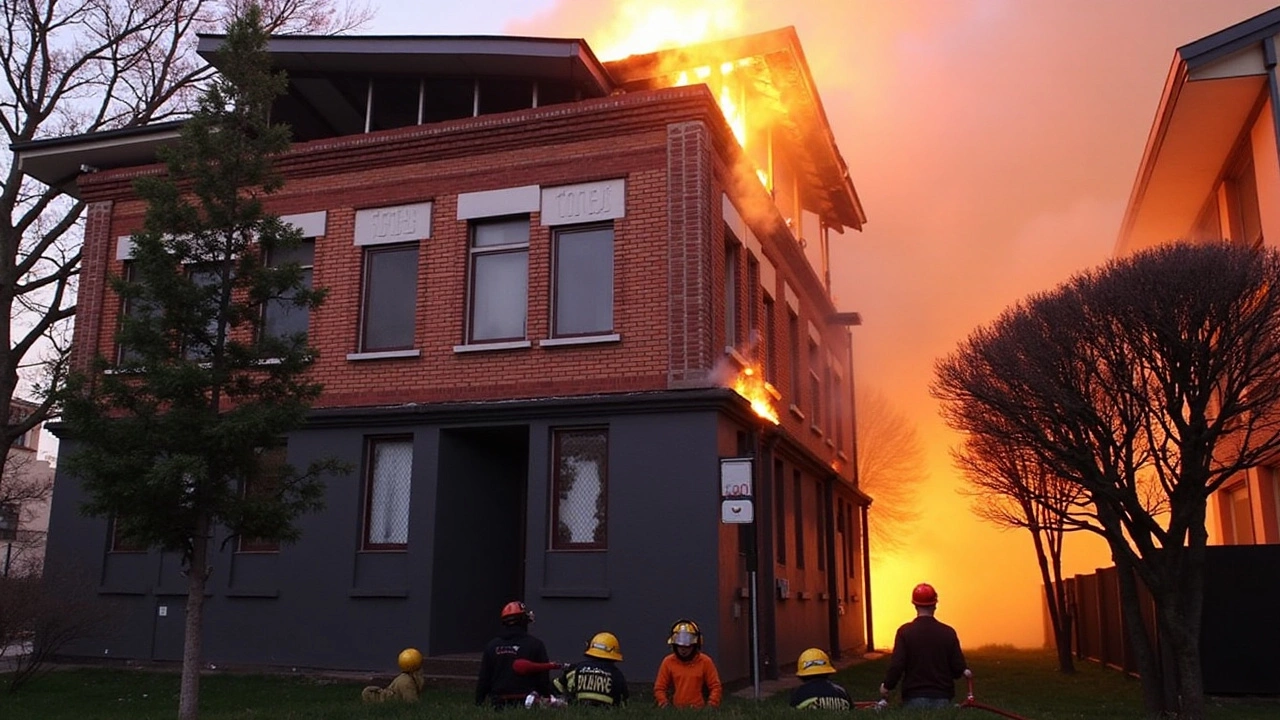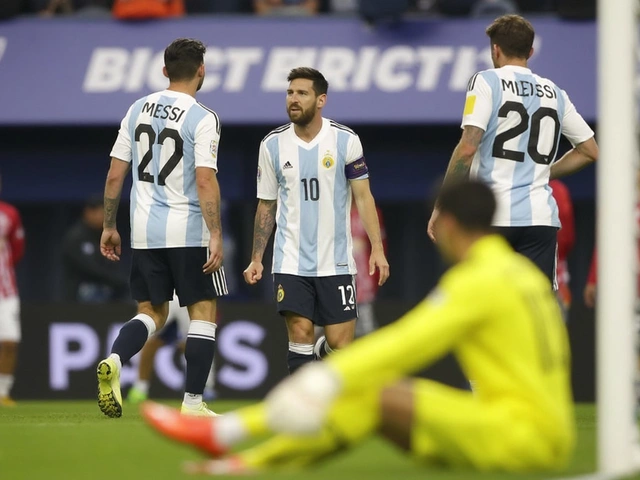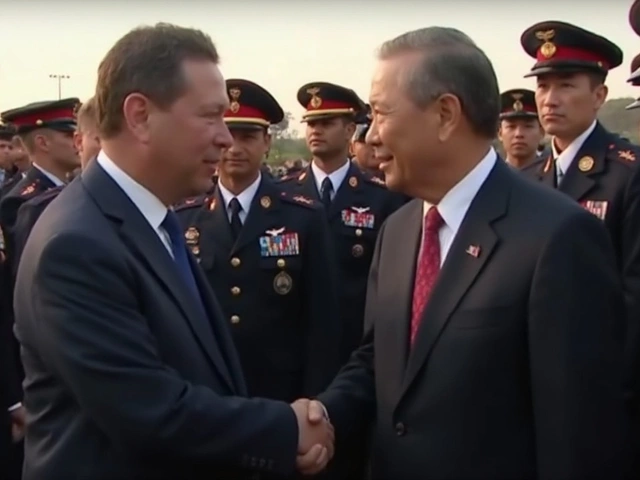Russia's Ballistic Missile Escalates Tensions
The ominous early morning skies over Dnipro were illuminated by a Russian ballistic missile, sending alarm bells ringing all around the globe. The early evidence provided by officials in Kyiv points to the fact that the missile, fired toward one of Ukraine's significant southeastern industrial hubs, comes not only as a stark reminder of the ongoing hostilities but as a signal of the heightening scale of aggression. The missile, as confirmed by a U.S. official to ABC News, was not equipped for intercontinental travel, yet its implications are nothing short of formidable in nature.
Amid the ongoing conflict that has devastated communities and lives across both countries, Russia’s choice of targeting stands as a crucial point of discussion among diplomatic corridors. Dnipro, known for its industrial contributions, has become a symbol of resilience in Ukraine amidst the marauding shadows of conflict. The attack has left infrastructure damaged and claimed casualties, heightening the plight of those caught between geopolitical rivalries.
Ukraine's Strategic Retaliation
In a move marked by a tactical shift, Ukraine has for the first time launched U.S.-made Army Tactical Missile System (ATACMS) missiles toward Russian targets. These long-range, high-precision weapons have been a point of contention among global powers, particularly given President Joe Biden's calculated release of such armaments to Ukraine. The pressure point here lies not only in the action itself but in the ensuing reactions on all fronts.
The decision to allow the use of these missiles dates back to the arrival of North Korean troops that bolstered Russian ranks on the battlefield. The introduction of these missiles represents a significant augmentation of the conflict’s capabilities. This advanced military support has reignited questions concerning potential direct engagements between NATO and Russian forces. Notably, in the hours following Ukraine’s deployment of the ATACMS missiles, Russia responded by announcing a downing of some of these missiles in concert with President Vladimir Putin's adjustments to Russia's nuclear doctrine.
Shifting Doctrines and Global Implications
Envision a precarious balance where each move sends shockwaves across continents. The update to Russia’s nuclear doctrine, initiated following the recent skirmishes, reflects Moscow’s newly solidified standpoint. The lowered threshold for nuclear responses demonstrates the seriousness with which Russia regards the involvement of Western powers and their support of Ukraine. In a broader scope, the doctrine expansion presents an ambiguous stance, cautiously avoiding a strict commitment yet keeping options dangerously open. With NATO actively involved against the urging of previous Russian warnings, interpretations of this doctrinal change hold potentially catastrophic connotations.
There is a palpable concern that President Putin's doctrine overhaul represents a darker, more complex layer of military strategy that could see Moscow responding not just to existential threats but to any substantial attack perceived to endanger Russian security—backed by nuclear-origined states. The potential broad interpretation of a nuclear response presents strategic ambiguity where lines between nuclear and conventional warfare blur dangerously.
Impact on the Ground
The grim reality on the ground remains central to these geopolitical developments. Reports from local authorities confirmed that the missile strike injured two individuals and inflicted considerable damage to industrial facilities and even a rehabilitation center for people with disabilities. Each explosion echoes beyond its epicenter, resonating with families and communities scattered by the tide of war.
International aid, humanitarian groups, and local organizations scramble to meet the needs of displaced and affected populations. Each day presents new challenges as this conflict extends further than physical destruction, diving deep into psychological and moral devastation. Each death, each injured civilian further underscores the dire need for diplomatic intervention and negotiations intended to curb this volatile spiral. Yet, as missiles fly and doctrines shift, hope seems but a distant beacon through the haze of conflict.
Global Response and Future Outlook
As this situation develops, eyes are glued to the responses from global powers. The NATO allies are wrestling with the implications of Russia’s recent moves, weighing their possible options with calculated precision. Meanwhile, diplomatic circles buzz with urgency, calling for immediate dialogue and de-escalation strategies. The world watches intently, aware that the ripples from this conflict could extend far beyond the regional focus, potentially igniting broader repercussions.
Ultimately, this is not only a clash of territories but ideologies, where underlying tensions could redefine the century’s geopolitical landscape. Each belligerent action risks an overflow, drawing in external forces into what may erupt into a formidable confrontation. How the international community addresses this escalation can either constrain the pressures building between Russia and Ukraine or inadvertently unleash them on a global scale, leading to an unpredictable future.



